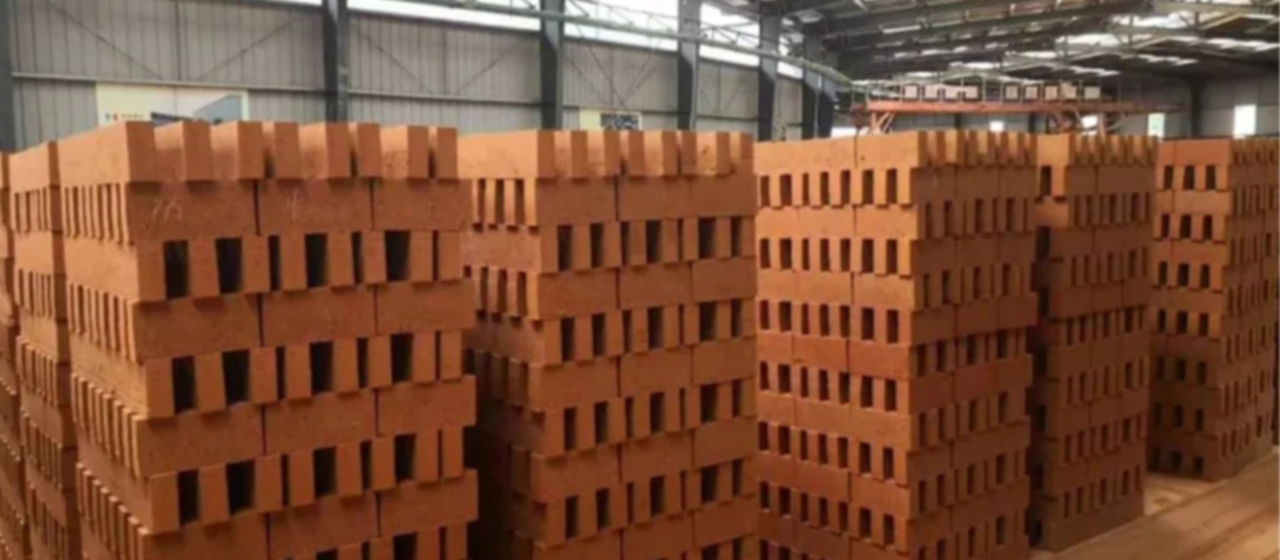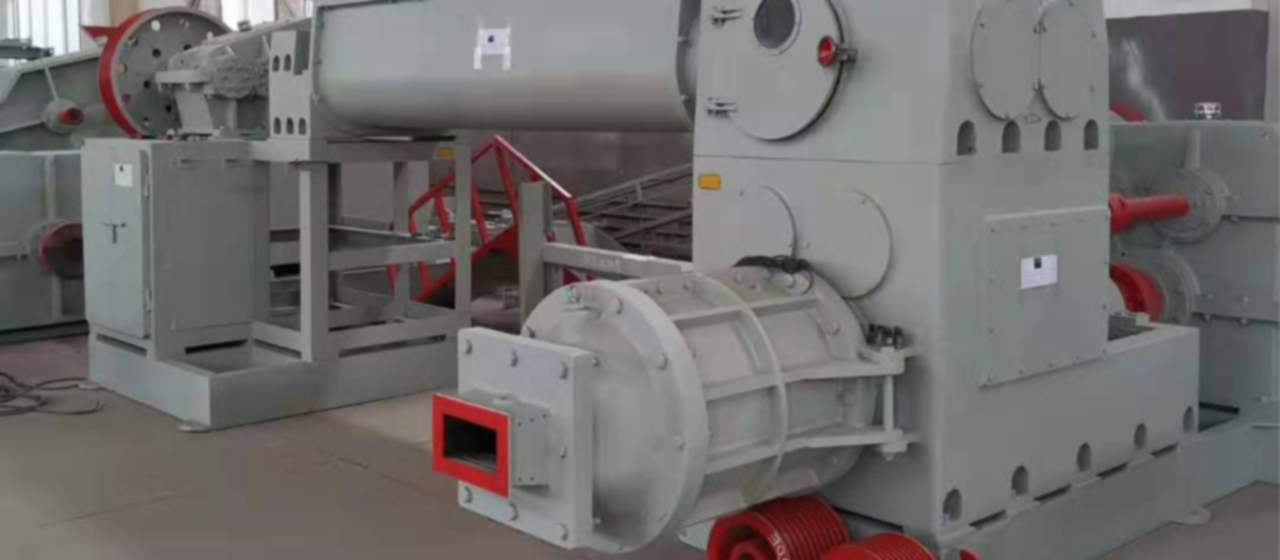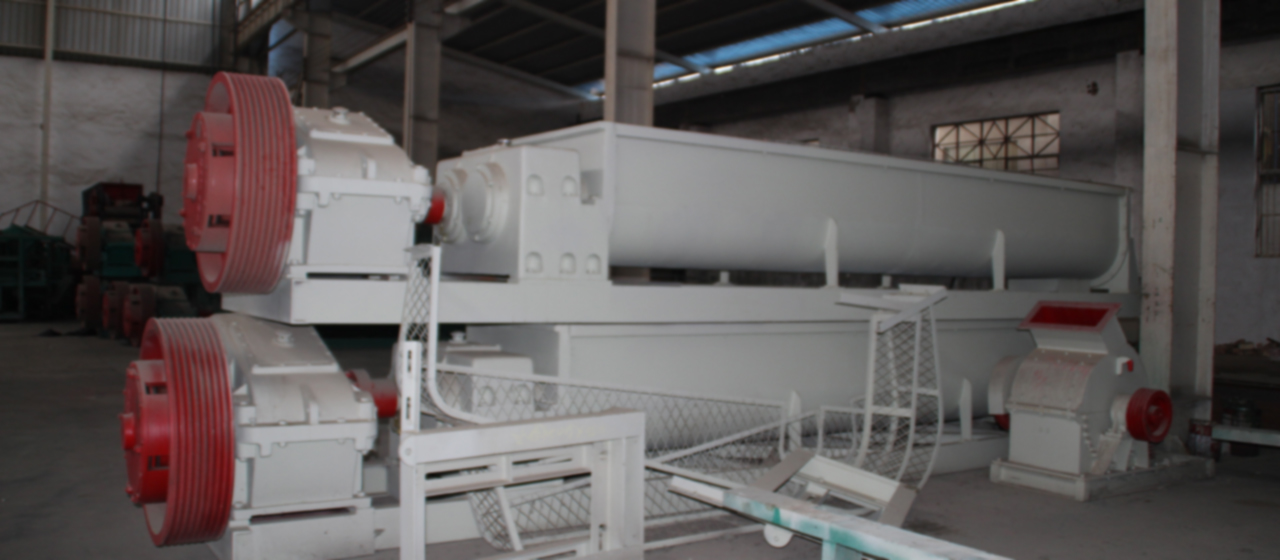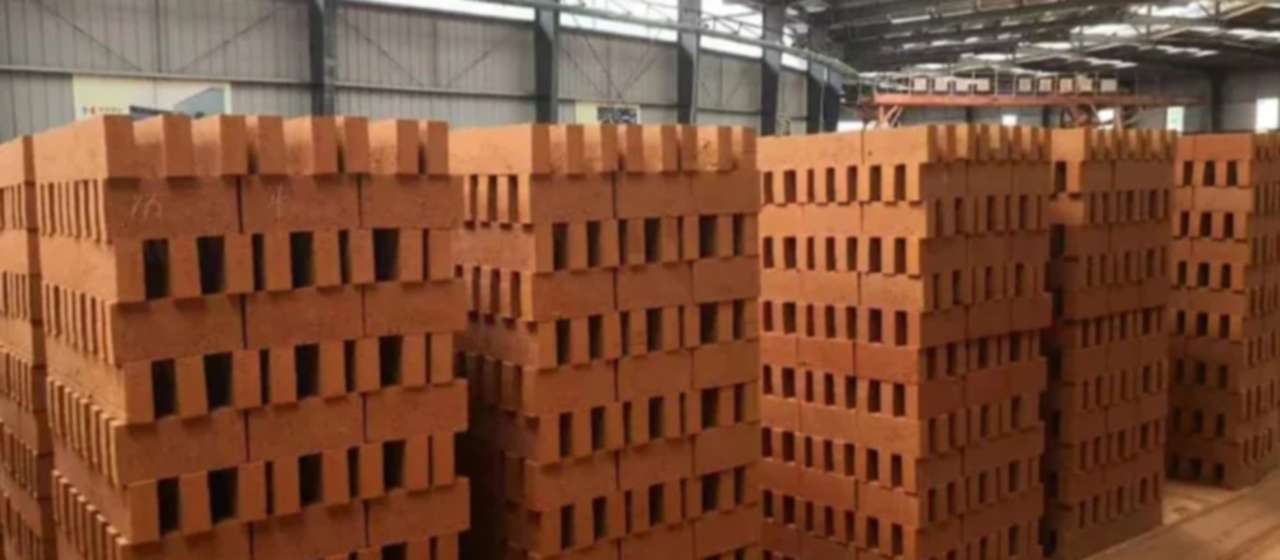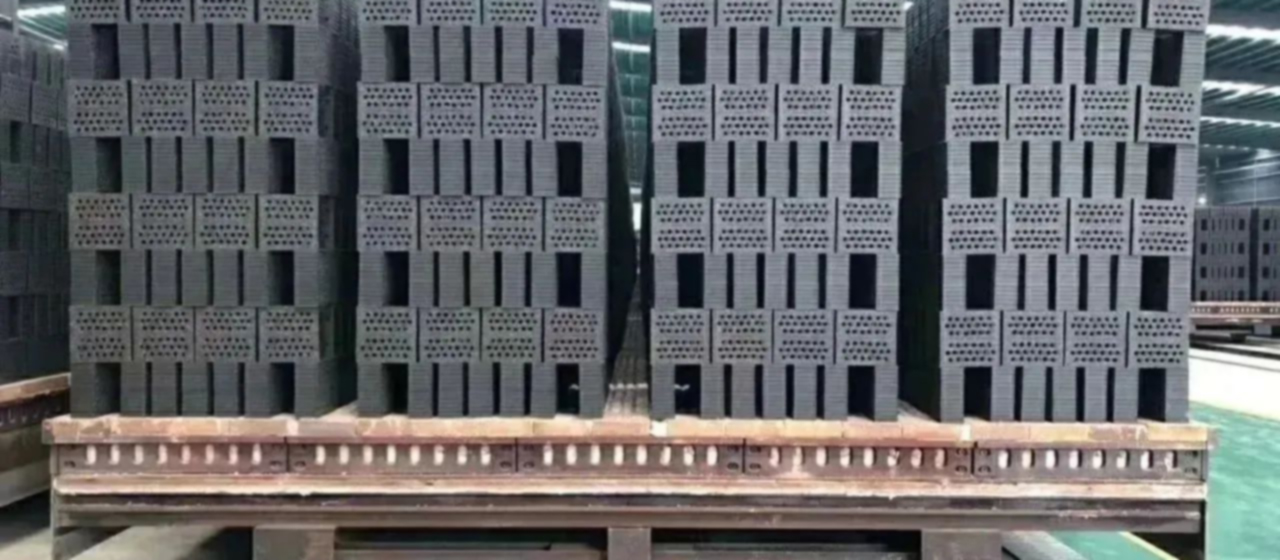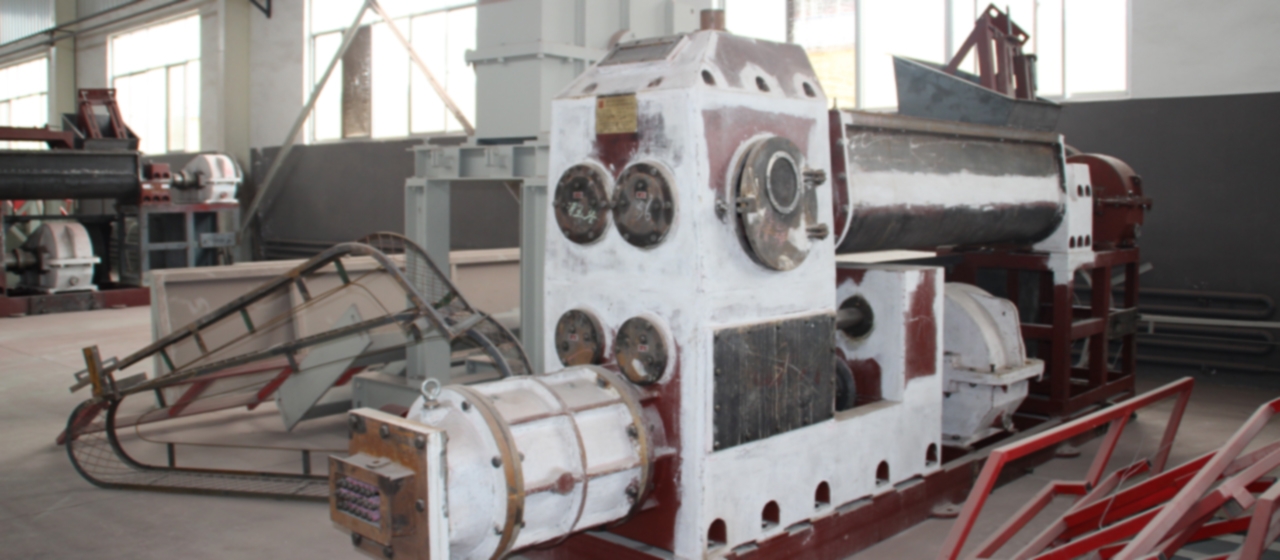tijolos leves
Desempenho de tijolos aerados

1. Leve: Como material de construção, pode reduzir o peso do edifício e reduzir significativamente o custo total do edifício.
2. Prevenção de incêndio: As principais matérias-primas são principalmente materiais inorgânicos, que possuem boa resistência ao fogo e não emitem gases nocivos quando expostos ao fogo.
3. Isolamento acústico: Devido à sua estrutura porosa única, tem uma certa capacidade de absorção sonora.
4. Isolamento: Devido ao grande número de poros e microporos dentro do material, tem bom desempenho de isolamento.
5. Impermeabilidade: Devido ao material ser composto por muitos pequenos poros independentes, absorve água e conduz a umidade lentamente. O tempo necessário para que o mesmo volume de água atinja a saturação é 5 vezes a dos tijolos de barro.
6. Resistência sísmica: Para a mesma estrutura de edifício, isso é 2 níveis de resistência sísmica superiores aos tijolos de argila.
7. Proteção ambiental: A fabricação, transporte, e os processos de uso são livres de poluição, que pode proteger terras agrícolas, economizar energia, e reduzir o consumo. É um material de construção ecológico e ecológico.
8. Durabilidade: A resistência do material é estável.
9. Rápido: Com boa processabilidade, pode ser serrado, planejado, perfurado, e pregado, e pode ser colado com materiais de ligação apropriados, criando condições favoráveis para a construção.
10. Economia: Verde, ecologicamente correto, e economia de energia.
Tijolo leve aerado é um tipo de bloco produzido com tecnologia de equipamento de prensagem a vapor de alta temperatura. Sua vantagem está na capacidade de formar furos fechados no interior do concreto, o que o torna relativamente leve e isolado. Na verdade, tijolos de concreto são uma variedade especial de tijolos aerados, e suas propriedades materiais e estrutura de poros são relativamente semelhantes às dos tijolos aerados. No entanto, também existem algumas diferenças entre os dois. Quanto a qual é mais adequado para todos comprarem, é melhor primeiro ler e analisar antes de tomar uma decisão.
Da perspectiva de características estruturais sutis
Como é bem conhecido, o cimento espumado é um produto que é conectado por inúmeros furos fechados e apresenta vantagens como isolamento acústico, isolamento térmico, e isolamento térmico. O concreto aerado é um produto que promove a pasta de cimento para formar um formato de favo de mel a partir do gás, apresentando uma forma de poro conectado. Isso quer dizer, da perspectiva da estrutura detalhada, tijolos de concreto não têm um isolamento acústico tão bom, prevenção de umidade e outros efeitos como tijolos leves arejados.
Da perspectiva da densidade de implementação
De acordo com pesquisa realizada pelo editor Huayu, a densidade atual dos tijolos de concreto comumente usados é geralmente inferior a 500kg/m3, enquanto a densidade dos tijolos leves arejados pode ser inferior a esta.

Da perspectiva dos métodos de formação de espuma
Deve-se notar que os tijolos de concreto tradicionais são espumados usando métodos químicos, enquanto os tijolos leves arejados usam métodos mais flexíveis para concluir este trabalho. Especificamente, usando uma bomba de ar de alta pressão para inflar, desde que os poros fechados formados pelo concreto sejam alcançados, é considerado qualificado, indicando que seu método de formação de espuma é um pouco mais avançado.
Do ponto de vista da tecnologia de manutenção
Porque existem muitos tipos de tijolos leves arejados, os processos de oxidação correspondentes também são bastante diversos. Por exemplo, a cura a vapor pode ser adotada de acordo com diferentes materiais cimentícios. O processo de cura de tijolos de concreto é relativamente simples.

